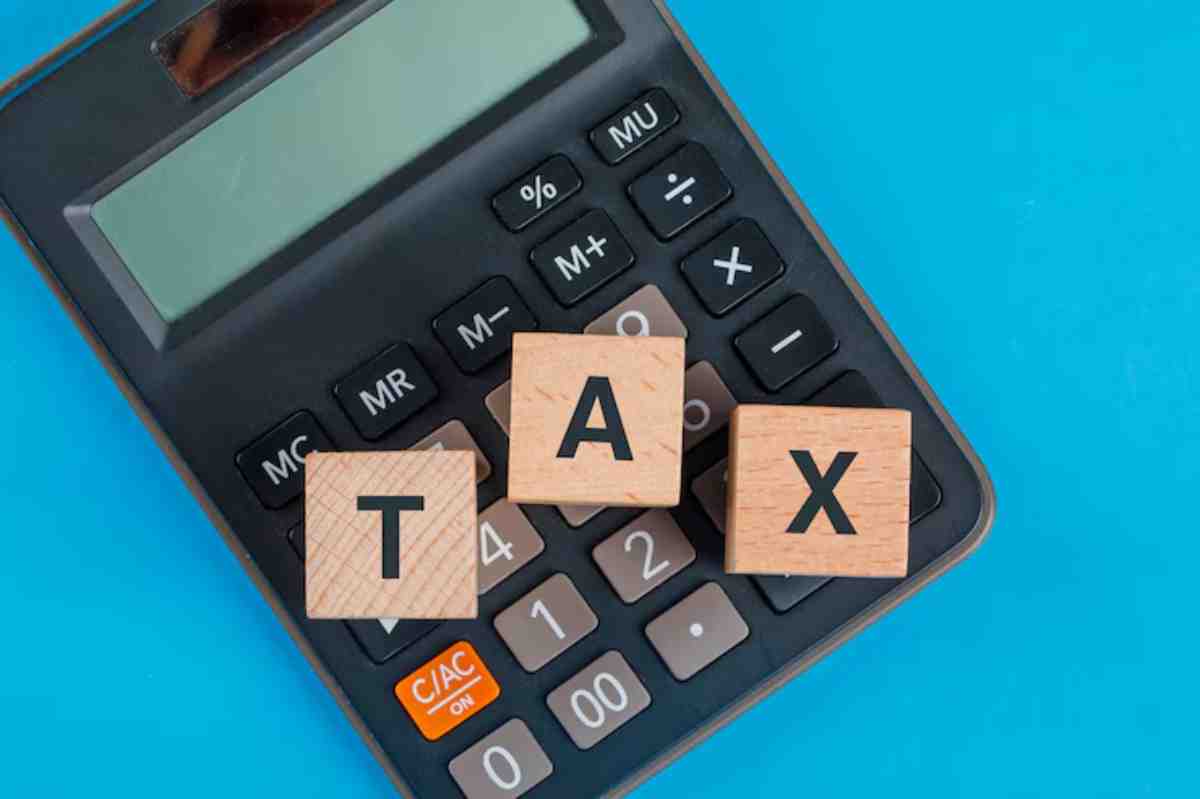
Managing Freelance or Gig Work Income in a Family Budget
Balancing family life with a freelance or gig-based income can feel like trying to assemble IKEA furniture without the manual. You know what you want it to look like — stable, supportive, sustainable — but the pieces don’t always seem to fit together smoothly.
Unlike traditional jobs with fixed salaries and payday predictability, gig workers and freelancers ride a different wave. One month you’re swamped with work and flush with cash, the next you’re chasing overdue invoices and rationing your coffee pods. Meanwhile, your family life marches on — with bills, birthdays, and last-minute school expenses that don’t wait for your next gig to land.
So, how do you build a family budget on money that doesn’t show up regularly or in the same amount? That’s exactly what we’re unpacking here.
Whether you’re new to self-employment or a seasoned freelancer managing an irregular-income family household, this guide will walk you through realistic strategies for planning, saving, and spending without sacrificing your sanity or your family’s quality of life.
Why irregular income demands a different budgeting mindset
Most budgeting advice starts with a single question: “What’s your monthly income?”
If you’re a gig worker, you probably just laughed out loud.
For freelancers and those in the gig economy, income doesn’t land on a neat monthly schedule. It might arrive in bursts — or worse, drip-feed sporadically. You might bill for a project in March and get paid sometime in May. That means a fixed-budget approach simply doesn’t work.
Instead, you need:
- Flexibility to adapt to income fluctuations
- Structure to prevent overspending in the good months
- Clarity to prioritise what truly matters in your household
This starts with redefining how you view income, not as a fixed monthly allowance, but as a fluid resource to be distributed wisely over time.
Track your income and find your averages
Start by looking back — ideally over the past 6 to 12 months — to understand your earnings.
Pull together all freelance payments, gig earnings, and side hustle money.
Don’t forget:
- Irregular client work
- Project-based payments
- Platform or marketplace gigs (e.g. Upwork, Fiverr, Uber, Etsy)
- Seasonal peaks (e.g. holidays, summer demand)
Then calculate three things:
- Lowest monthly income (your “baseline”)
- Average monthly income
- Highest month
Use the lowest month as your budgeting anchor — this is the amount you need to survive. The average helps guide medium-spending decisions, while the highest should never become your default budget baseline.
Create a layered budget that adjusts with income
To manage unpredictable income, build a tiered family budget that aligns with your income’s ebb and flow.
Base Layer – The Survival Budget
This covers absolute essentials:
- Rent or mortgage
- Utilities
- Groceries
- Insurance
- Childcare or schooling costs
- Debt minimums
It’s your bare-bones plan for lean months.
Middle Layer – The Comfortable Budget
This includes things that make life smoother:
- Internet upgrades
- Meal delivery or takeaways
- Subscriptions and apps
- Family outings
- Savings contributions
Fund these during average-income months.
Top Layer – The Growth Budget
This is your wish list:
- Holiday fund
- Home improvements
- New tech or gear
- Generous savings or investments
Use income from high-earning months to top these up.
If you’re already juggling fluctuations, our piece on how to budget when your family income changes monthly offers in-depth planning strategies to build confidence and consistency.
Pay yourself a steady “salary”
Even if your earnings are all over the place, you can still give your family the gift of consistency by paying yourself a set monthly amount.
Here’s how:
- Open a separate account for receiving gig or freelance income.
- Decide on a sustainable monthly “salary” — say, £2,000.
- Transfer only that amount into your household account each month.
- Let the rest accumulate in your business or buffer account for lean months.
This approach builds stability for monthly budgeting and helps smooth out the highs and lows without touching an emergency fund.
Prioritise savings with a strong buffer
If you’re freelancing or working gigs, you must expect slow periods, late payments, or client drop-offs. This is where a dedicated buffer — sometimes called a freelancer float — becomes your best ally.
Aim to build 3–6 months’ worth of essential expenses in an easily accessible savings account. This isn’t your emergency fund (we’ll get to that) — it’s your income bridge for when projects dry up or invoices lag.
Start small:
- Save 10–20% from each payment, especially during good months.
- Automate transfers into a separate account.
- Treat it like a non-negotiable “business expense.”
Build a proper emergency fund, too

A buffer handles lean months, but emergencies—the unexpected dental bill, car breakdown, or family health issue—need their own plan.
Your emergency fund should cover actual crises and be separate from your business float.
Aim for:
- 3 months of household survival expenses as a baseline
- Store it in a high-interest, instant-access savings account
- Access it only for true emergencies
If you’re unsure how to get started, our article on emergency funds as a financial safety net breaks it down with practical advice tailored for irregular earners.
Plan ahead for irregular expenses
It’s not just your income that’s unpredictable — expenses often are too.
Think:
- School trips
- Christmas and birthdays
- MOT and car maintenance
- Summer holidays
- Annual insurance premiums
Create sinking funds — mini savings pots earmarked for specific purposes — and contribute monthly, even if it’s just a tenner.
This ensures you’re not caught off guard or dipping into your buffer or emergency fund when these come around.
Tackle taxes and benefits smartly

If you’re freelancing or running a side hustle, you’ll need to manage your own tax.
This means:
- Registering with HMRC
- Keeping records of income and expenses
- Setting aside 20–30% of income for tax and National Insurance
Consider opening a separate tax savings account so you’re not blindsided come January.
Also, explore if you’re eligible for benefits like Universal Credit, Child Benefit, or Tax-Free Childcare. Many freelance families qualify for more support than they realise, especially during low-income months.
Use tools and apps to stay in control
Budgeting tools make managing freelance and family life a lot less painful.
Recommended tools:
- Starling Spaces or Monzo Pots for managing categories
- YNAB (You Need a Budget) for zero-based budgeting
- Tide or Coconut for freelancer banking and tax insights
- Notion or Google Sheets for tracking projects, invoices, and payments
Use a calendar to track payment due dates and invoice follow-ups. Chasing unpaid work might not be fun, but it’s vital when your household depends on it.
Communicate openly with your partner or family
Budgeting as a freelancer isn’t just a solo effort — it’s a family affair.
Make time for monthly money chats:
- Review the past month’s income
- Discuss upcoming expenses or slow periods
- Agree on priorities if cuts are needed
- Celebrate savings, wins, or debt repayments
Keeping everyone in the loop helps reduce stress, increase collaboration, and make smarter collective decisions.
Adjust your mindset: from panic to planning
Perhaps the hardest part of freelance budgeting is the emotional rollercoaster. The good months make you feel invincible, while the quiet ones make you question everything.
But over time, you’ll realise this: consistency comes from structure, not from income.
When you:
- Plan for income dips
- Prioritise essential spending
- Build buffers for both lean months and emergencies
- Communicate with your family
…you start to replace panic with peace.
The flexibility and freedom that freelancing offers? It becomes something your family can rely on, not worry about.
Conclusion: Stability is possible with the right systems

Building a family budget on gig income or freelance earnings isn’t just doable — it can be incredibly empowering. Sure, it requires more planning than a traditional 9-to-5 income, but with the right tools, strategies, and mindset, you can create a life of both freedom and financial stability.
Remember: your income may be unpredictable, but your financial approach doesn’t have to be. Prioritise structure, protect your household with buffers, and focus on what you can control — while still leaving room for joy, growth, and the flexibility that drew you to freelance life in the first place.
Start today. Your future self — and your family — will thank you for it.


